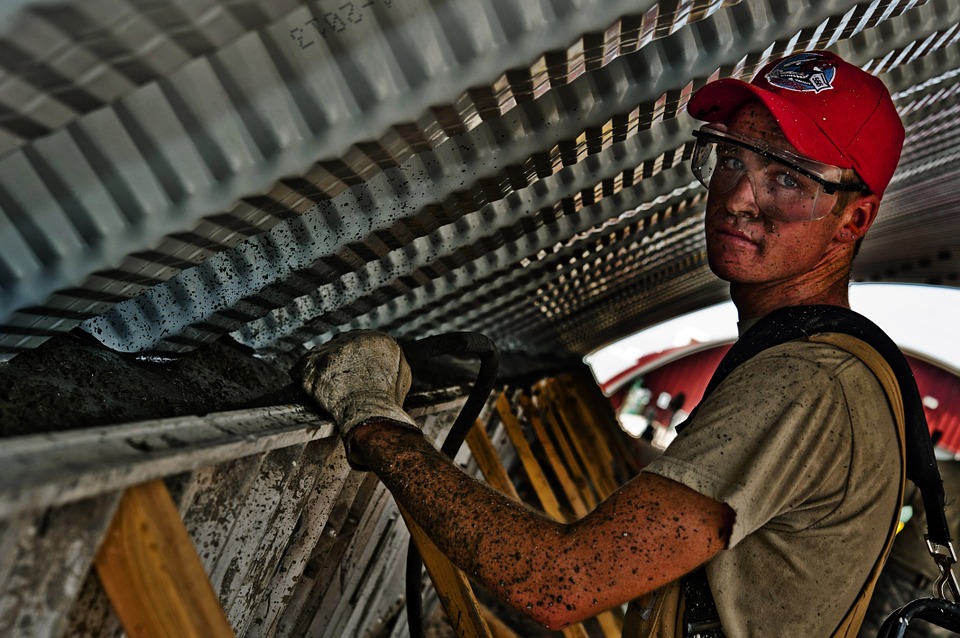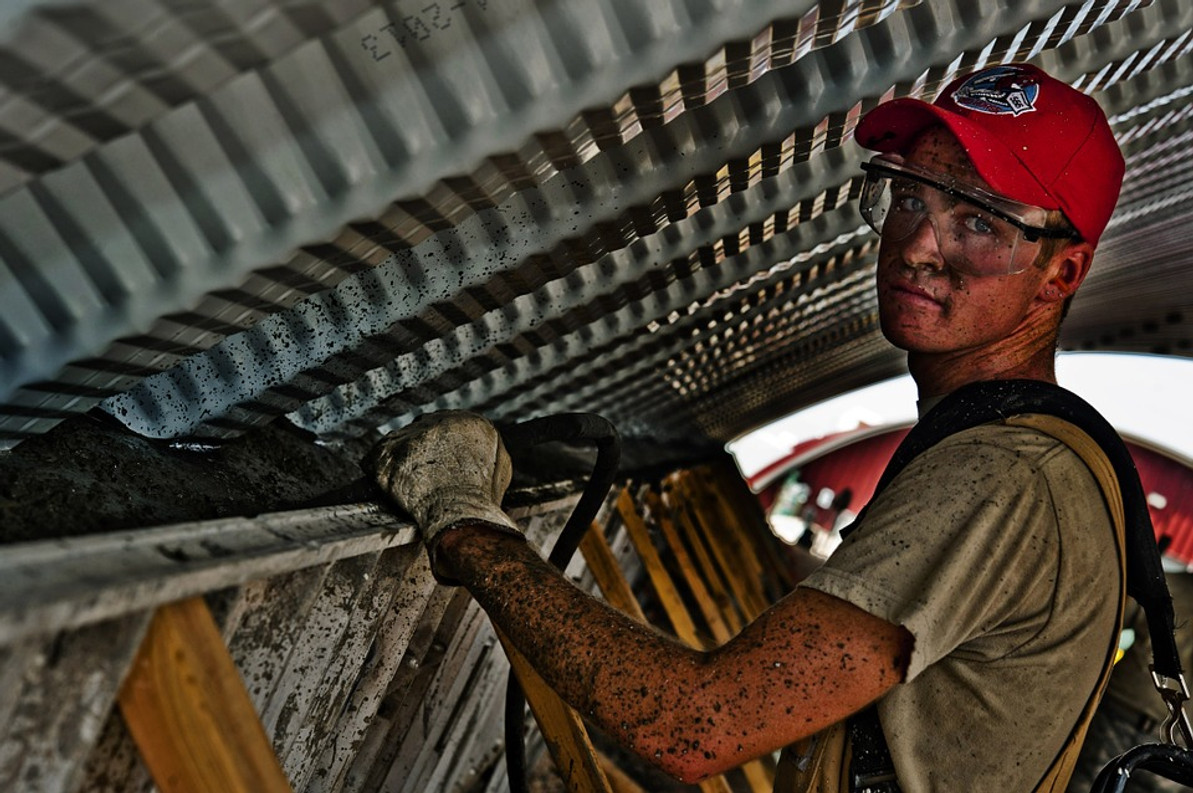Do You Know the Signs of Work-Related Fatigue?

It's important for employers to familiarize themselves with the signs of work-related fatigue. According to the Occupational Safety and Health Administration (OSHA), accident and injury rates are 18% higher during evening shifts and 30% higher during night shifts due to work-related fatigue.
Long Shifts
One tell-tale sign of work-related fatigue is working shifts. Once a worker has clocked more than eight hours in a single shift, he or she will become fatigued. It's just that simple. Unfortunately, some workers will continue to push through their fatigue to earn a fatter paycheck. As a result, however, they place themselves and other workers at a greater risk for injury.
Weariness
The Canadian Centre for Occupational Health and Safety (CCOHS) -- Canada's version of OSHA -- lists "weariness" as a sign of worker fatigue. When workers become tired and fatigue, they may have trouble maintaining their balance and keeping their physical composure. Therefore, employers should be on the lookout for workers who appear weary, as this could indicate fatigue.
Slowed Reaction Times
Not surprisingly, slowed reaction times is another sign of work-related fatigue. As fatigue sets in, it takes the respective worker longer to respond. Depending on the specific job, this can create a serious safety hazards. Workers who operate forklifts or heavy machinery, for instance, need fast reaction times; otherwise, they could sustain serious injury due to human error.
Headaches
Fatigue can even cause headaches. As an employer, you can't always tell which workers are suffering from headaches and which ones aren't. Nonetheless, you may overhear some workers talking about their headaches, in which case you should approach them to see if they are fatigued.
Reduced Communication
Finally, fatigued workers tend to communicate less than their non-fatigued counterparts. When a worker becomes fatigued, he or she may stop talking to their coworkers. This, of course, is a serious hazard in itself, as communication is key to creating a safe workplace. When workers stop communicating, safety hazards may go unnoticed and unaddressed.
These are just a few signs of fatigue to look for in workers. It's nearly impossible to avoid fatigue -- and that's okay. Anyone who works will inevitably experience fatigue at some point or another. However, employers should be conscious of their workers' health and whether or not they are fatigued. Allowing fatigued workers to stay on the job creates a serious safety hazard.
Recent Posts
-
Fire Safety in the Workplace: What You Need to Know
What steps are you taking to prevent fires in your workplace? According to the U.S. Occupational Saf …Aug 23rd 2023 -
Is It Safe to Go Jogging With a Cold Infection?
If you're suffering from a cold infection, you might be wondering whether it's safe to go jogging. T …Aug 22nd 2023 -
5 Safety Tips to Follow When Using a Powder-Actuated Tool
Powder-actuated tools are commonly used to join materials to steel and concrete. Also known as Hilti …Aug 20th 2023




